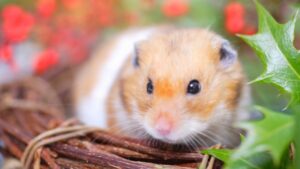
Can You Travel with a Hamster? A Comprehensive Guide
Traveling with a pet hamster isn’t as straightforward as it might seem. It requires careful consideration of your pet’s safety, comfort, and the logistics involved.
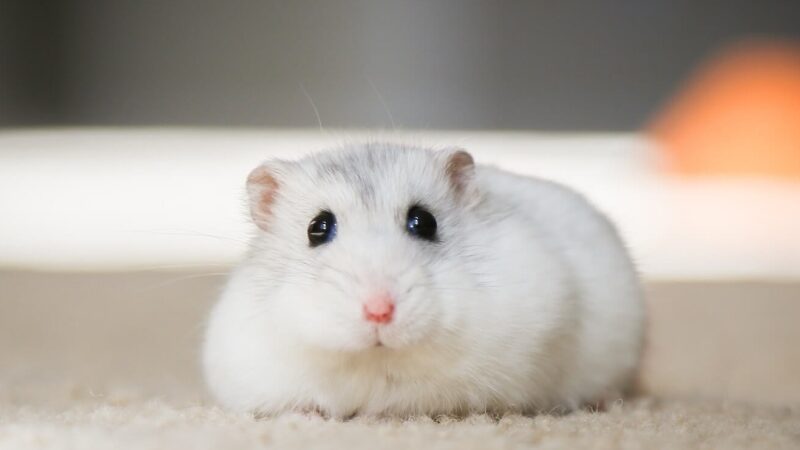
Welcome to Hamster Cage Setup 101! Getting the right habitat set up for your hamster is one of the most important things you can do to keep them happy and healthy.
In this comprehensive guide, we’ll walk you through everything you need to know to create the perfect home for your furry friend.
From choosing the right size and style of cage to picking the best bedding and accessories, we’ve got you covered. We’ll also provide advice on where to place their home and how to clean it properly.
Follow along as we take you step-by-step through the hamster cage setup. Let’s get started!
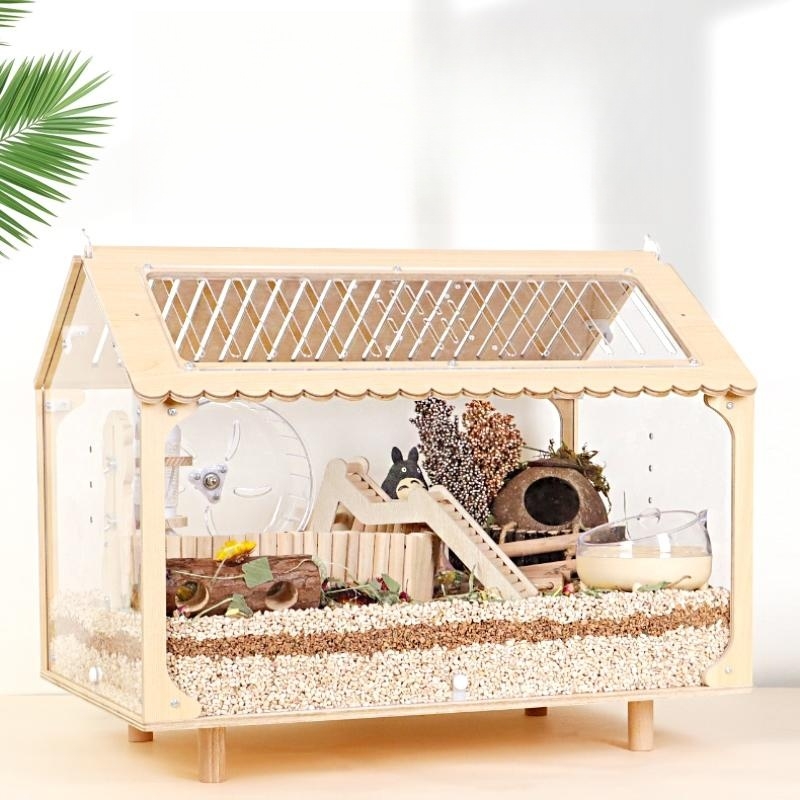
The first big decision you’ll need to make is which type of hamster cage to get. Here are the main options:
Ultimately, choose a well-ventilated cage that suits your specific hamster type and provides plenty of unbroken floor space for burrowing and exercise. Resist cheap cages and invest in quality materials, even if that means starting with a smaller cage and expanding over time.
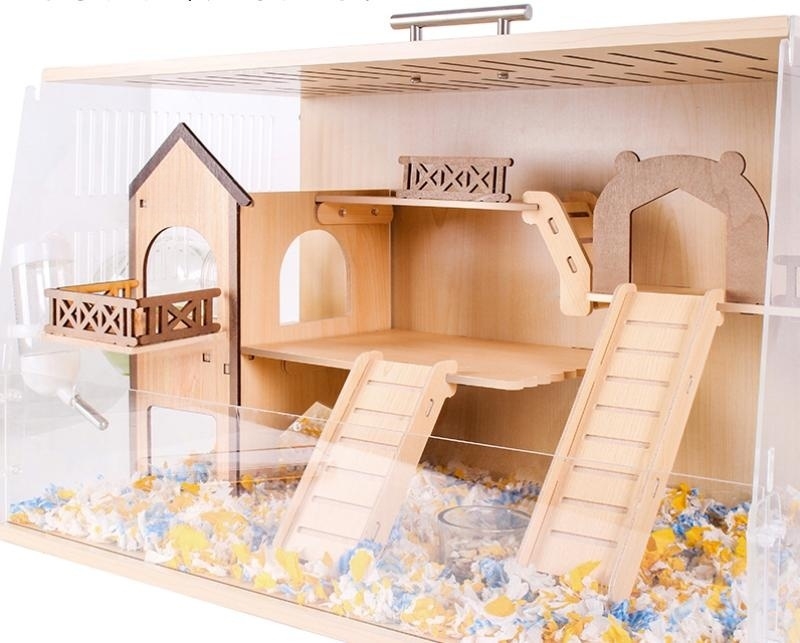
Next up – bedding! This is what lines the bottom of the cage to absorb waste, control odors, and provide burrowing material for your pet. There are several types of hamster bedding to choose from:
It’s recommended to avoid cedar and pine shavings as these contain oils from the woods that can be irritating to a hamster’s respiratory tract.
No matter what bedding you choose, aim for around 2-3 inches deep across the cage floor so your hamster can tunnel and forage. Spot clean urine-soaked areas daily and change the bedding completely every 1-2 weeks.
Fresh, clean drinking water is a must for hamsters to survive. The best options are a sturdy water bowl or a water bottle designed specifically for small rodents.
Avoid light plastic bowls that could easily be chewed up or tipped over, causing leaks. Be sure to refresh their water daily so it stays clean.
For water bottles, pick one that utilizes a metal ball-bearing sipper tube rather than a plastic tube. These allow water to drip out as the hamster licks but prevent the backflow of water.
Check bottles frequently for any clogs and thoroughly rinse and clean them out at least monthly. Keep the water bottle positioned at the opposite end of the cage from your hamster’s sleeping and burrowing area.
This way if it drips or leaks, their bedding stays dry.
Hamsters are omnivores, so they require a balanced diet containing a mix of seeds, grains, veggies, fruits, and the occasional protein source. Here’s a rundown of their dietary needs:
Feed adult hamsters 1-2 teaspoons of dry food mix per day and adjust as needed based on their activity level and if they’re pregnant/nursing. Use a heavy ceramic bowl that can’t be easily tipped over. Remove any unfinished fresh food within 24 hours. Always provide a constant stock of dry food.
In addition to food and bedding, outfit your hamster’s habitat with fun accessories! Here are some must-have add-ons:
Rotate new toys into the cage weekly to keep things interesting and exciting. Make sure any accessories are hamster-sized and hamster-proof.
When deciding on a spot to set up your hamster’s cage, keep these factors in mind:
Hamsters are active at night and sleep during daylight hours. Give them a peaceful, quiet area, and don’t place them near sources of noise, commotion, or danger. Their habitat should feel relaxing and secure.
For a healthy home, hamsters require regular cleaning and maintenance. Here is a schedule you can follow:
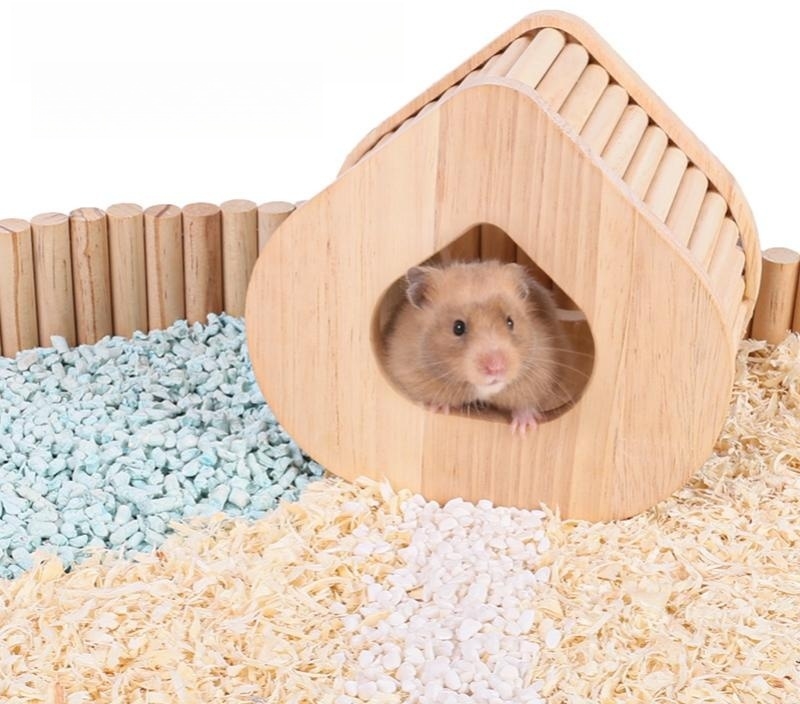
Once your hamster is comfortably settled in their freshly cleaned habitat, begin the taming and bonding process with short, frequent handling sessions. Make sure you wake them gently – don’t startle them.
Reach into the cage slowly and let them climb into your hand versus grabbing them forcefully from above.
Transport them carefully to a play area, avoid squeezing them in your hand. Start with brief 5-10 minute handling periods for young or skittish hamsters.
Have tasty treats on hand to positively reinforce interaction and build trust through this reward system. Speak softly and move calmly – loud sounds or quick movements will frighten them.
Never force contact or interaction – be patient and allow your hamster to become accustomed to your scent and presence. As they become more comfortable, you can lengthen your play times together.
Regular, gentle handling helps create a close bond and enriches their life. In time, they will look forward to their special time with you!
To keep your hamster in optimal health and happiness, keep these tips in mind:
With great preventative care at home and vet assistance when needed, your hamster friend can live a full life!
If you don’t have a hamster yet, put in ample research before choosing your new pet. Here are things to consider:
Go to a reputable breeder or shelter. Speak to the staff for guidance in picking a healthy hamster with suitable traits for your lifestyle and experience level.
Preparing the optimal living environment tailored to your hamster’s needs takes research and effort. But it is incredibly rewarding to watch your furry friend flourish in their new home.
We’ve covered all the fundamental hamster habitat topics but let us know if you have any other questions!
Caring for these charming rodents is very fulfilling if done right. Wishing you the best adventures with your new hammy!


Traveling with a pet hamster isn’t as straightforward as it might seem. It requires careful consideration of your pet’s safety, comfort, and the logistics involved.
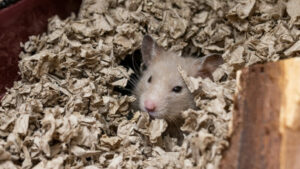
Finding the best hamster cage for Syrian hamster is crucial, as these curious, low-maintenance, and independent pets thrive in the right environment. The primary concern

When I began, the task of selecting essentials for a natural hamster habitat was daunting. To ease this process, I’ve assembled an exclusive set of

Have you ever wondered, “Are hamsters happier in bigger cages?” Generally YES. It’s a question that might seem straightforward, but there’s more to it than
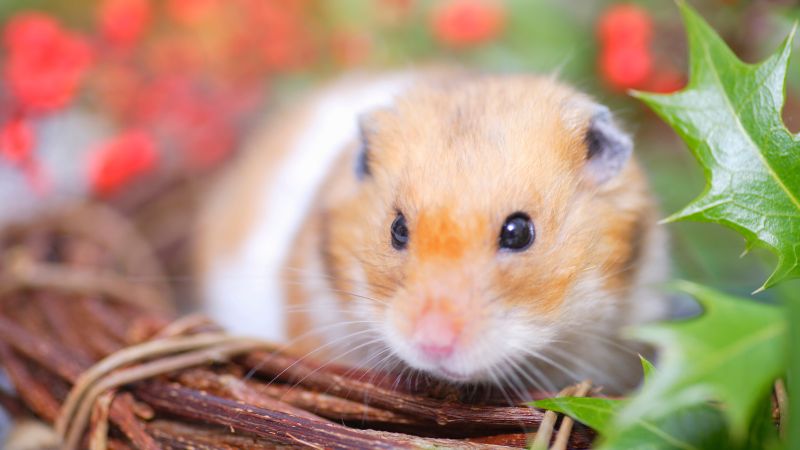
Traveling with a pet hamster isn’t as straightforward as it might seem. It requires careful consideration of your pet’s safety, comfort, and the logistics involved.
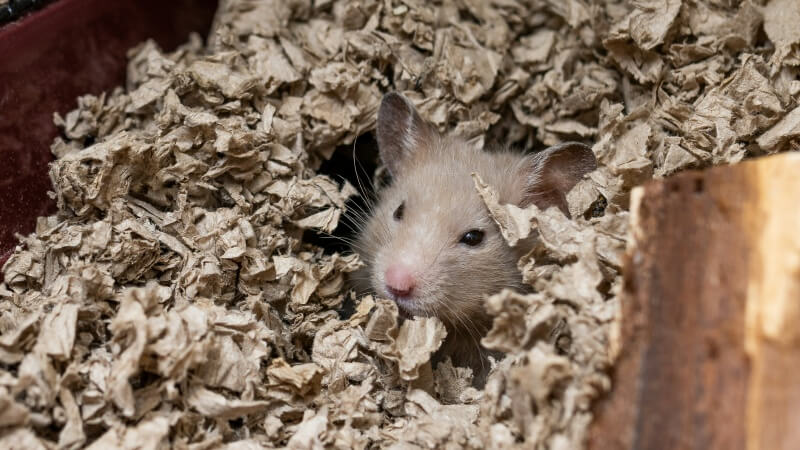
Finding the best hamster cage for Syrian hamster is crucial, as these curious, low-maintenance, and independent pets thrive in the right environment. The primary concern
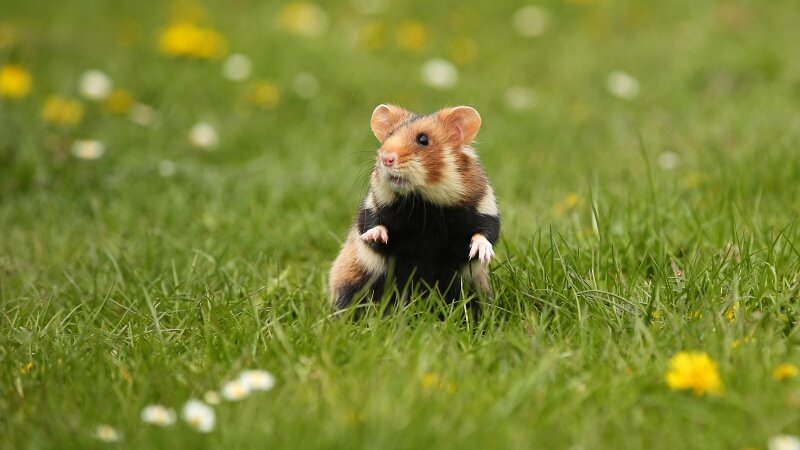
When I began, the task of selecting essentials for a natural hamster habitat was daunting. To ease this process, I’ve assembled an exclusive set of

Have you ever wondered, “Are hamsters happier in bigger cages?” Generally YES. It’s a question that might seem straightforward, but there’s more to it than
Copyright © 2025 woodhamstercage. All Rights Reserved.